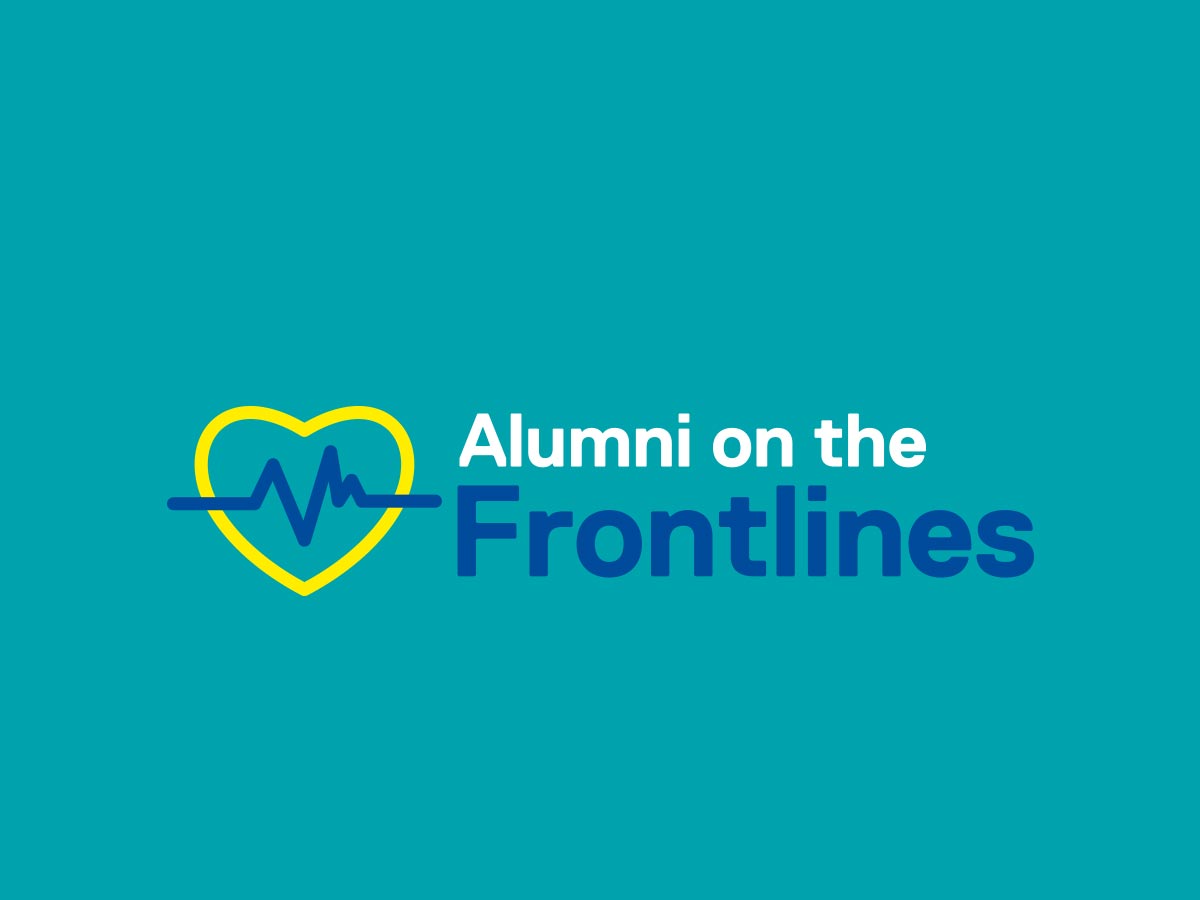Dr. Adam Dmytriw

Dr. Adam Dmytriw is the Canadian Lead for the North American Neurovascular COVID-19 Consortium (NAN-C).
During the COVID-19 pandemic, healthcare professionals, food service workers, truck drivers and countless more involved in the supply chain for essential goods and services are working harder than ever and facing considerable personal risk for the good of society. In this series, alumni on the frontlines of this pandemic share their experience with us.
In addition to his work at Brigham and Women’s Hospital, Dr. Adam Dmytriw also works at Dana Farber Cancer Center and Boston Children’s Hospital as part of a Radiology fellowship with Harvard Medical School.
What does your work as the Canadian Lead for the North American Neurovascular COVID-19 Consortium (NAN-C) entail?
In the Spring, my American colleagues in New York City and I had been discussing anecdotes we heard about patients younger than 40, and even in their 20s, having strokes in the context of COVID-19 positivity. Only a few weeks later, they had seen over ten patients who suffered debilitating strokes often without a single risk factor regarding their overall health. The trend was very concerning and we sought to understand the relationship between COVID-19 and strokes. As such I joined a growing initiative which now includes fifteen partners across North America.
What has been the biggest challenge you’ve experienced since the emergence of COVID-19?
The biggest challenge on the frontlines has been the shortage of PPE and under-testing. In our study, even frontline workers who were insufficiently protected sometimes ultimately suffered strokes. From a clinician-scientist point of view, the more we learn about the virus from clinical experience, the more we realize how little we understand it. It is becoming evident that the virus can cause complications that affect all organs systems in the body. Due to the enormous impact of this pandemic, there is an overwhelming amount of new information being published by scientists around the world. The science is rapidly evolving.
What do you want people to know about your experience as a frontline worker during this time?
We are there with you and for you. Every COVID-19 admission to the ER and ICU involves a diagnostic radiologist poring over your images to guide care and often an interventional radiologist inserting tubes and lines to give a patient every possible chance to overcome this disease. Many people having stroke symptoms and other critical illnesses such as heart attacks are reluctant to come to the hospital due to fear of catching the virus. Unfortunately, the longer people wait, the poorer they tend to fare. We want people to know that it is safe to come to the hospital and it is important to seek timely care. Our biggest reward despite the challenges is seeing our patients get better.

